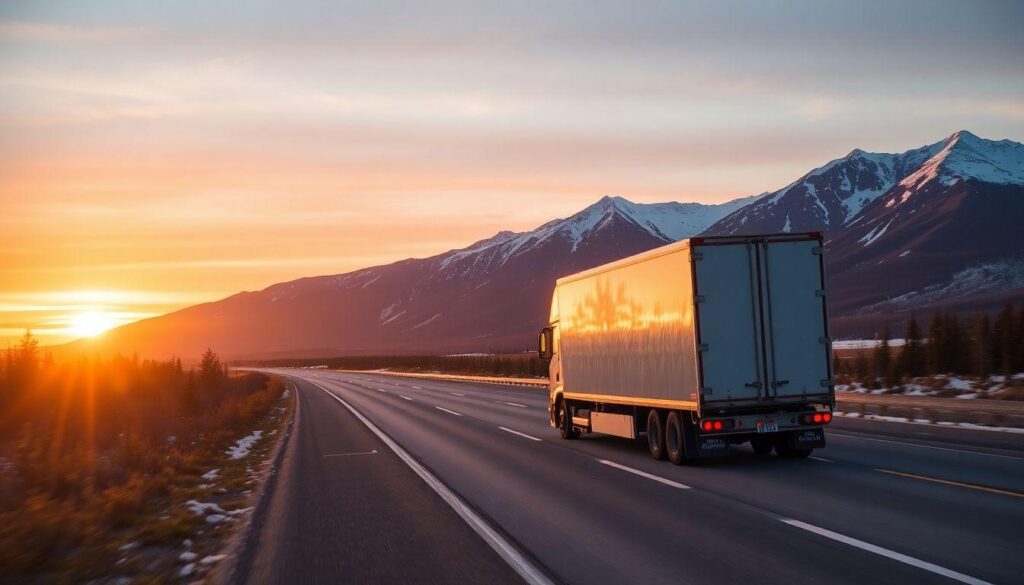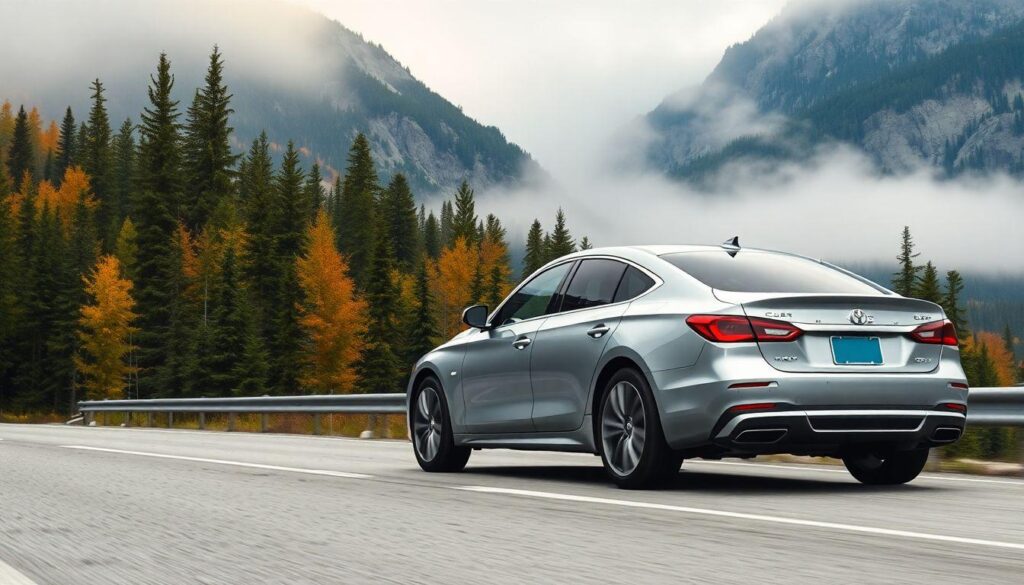Winter mornings just got a little harsher for Canadian families. The looming 2025 fuel price surge promises to reshape how we budget, plan our routes, and think about transportation. Whether you’re dropping kids at hockey practice or commuting across town for work, these rising costs will hit where it hurts most – your wallet. But here’s the thing: understanding what’s coming gives you the power to adapt and thrive despite the challenges.
The Perfect Storm Behind Rising Fuel Costs
Let’s be honest – fuel prices feel like they have a mind of their own sometimes. One week you’re filling up for a reasonable amount, and the next week you’re staring at the pump wondering if there’s been some mistake. The reality behind the 2025 surge involves several moving pieces that create what economists call a “perfect storm.”
Global oil production cuts have tightened supply chains, while economic recovery continues driving demand upward. Add in geopolitical tensions affecting major oil-producing regions, and you’ve got a recipe for sustained higher prices. For Canadian drivers, this translates to more than just sticker shock – it means rethinking household budgets and daily routines.
Currency fluctuations also play a sneaky role here. When the Canadian dollar weakens against the US dollar, imported oil becomes more expensive. It’s like shopping for groceries when everything’s priced in a foreign currency that keeps getting stronger.
What Your Daily Commute Will Actually Cost
Remember when a full tank lasted comfortably through the week? Those days might feel like ancient history soon. Conservative estimates suggest Canadian drivers could see fuel costs increase by 15-25% throughout 2025. For someone spending $200 monthly on gas, that’s an extra $30-50 coming out of the household budget.
Breaking Down the Real Numbers
- Average commuters driving 20,000 km annually could face an additional $400-600 in fuel costs
- Families with multiple vehicles might see combined increases of $800-1,200 yearly
- Rural drivers, who typically travel longer distances, could experience the steepest impact
- Weekend getaways and family road trips may require significant budget adjustments
These aren’t just abstract numbers on a spreadsheet. They represent real choices between filling up the tank and other family priorities. Maybe it means fewer spontaneous coffee runs or consolidating errands into single trips.
Smart Strategies That Actually Work
The good news? You’re not powerless here. Canadian women have always been resourceful when it comes to stretching household budgets, and fuel costs are just another challenge to tackle strategically.
Maximizing Your Vehicle’s Efficiency
Your car probably has more efficiency potential than you realize. Simple maintenance like keeping tires properly inflated can improve fuel economy by up to 3%. Regular oil changes, clean air filters, and tune-ups might seem like small things, but they add up to meaningful savings over time.
Driving habits make a huge difference too. Gentle acceleration, maintaining steady speeds, and avoiding excessive idling can stretch each tank further. Think of it as developing a lighter touch – your wallet and your stress levels will thank you.
Rethinking Transportation Choices
This might be the perfect time to explore alternatives you’ve been curious about. Many Canadian cities have expanded public transit options, and carpooling apps make sharing rides easier than ever. Even combining one or two car trips per week with other transportation methods can create noticeable savings.
For local errands, walking or cycling becomes not just environmentally friendly but financially smart. Plus, there’s something satisfying about beating rising fuel costs with your own two feet.
Regional Differences Across Canada
Living in Vancouver versus Winnipeg means dealing with very different fuel price realities. British Columbia typically sees higher prices due to provincial taxes and environmental regulations, while Alberta often enjoys lower costs thanks to proximity to oil production.
Atlantic provinces face unique challenges with transportation costs for fuel delivery, while Ontario’s large population centers create their own pricing dynamics. Understanding your region’s specific factors helps you plan more effectively and avoid surprises when traveling between provinces.
Urban vs Rural Impact
City dwellers have more transportation alternatives, but rural Canadians often face the steepest challenges. Limited public transit options and longer driving distances mean rural families typically spend a higher percentage of their income on fuel. The 2025 surge will hit these communities particularly hard, making fuel efficiency and trip planning even more critical.
Technology Solutions and Future Planning
Fuel price tracking apps have become surprisingly sophisticated. They help you find the cheapest nearby stations and plan optimal refueling stops. Some even send alerts when prices drop in your area – like having a personal fuel price assistant in your pocket.
Electric and hybrid vehicles are becoming more accessible, though the upfront investment remains significant. However, with rising fuel costs, the payback period for these vehicles continues shrinking. Many Canadian provinces offer incentives that can offset initial costs, making the transition more financially attractive.
Building Resilience for the Long Term
The 2025 fuel price surge isn’t just a temporary blip – it’s likely part of a longer trend toward higher energy costs. Building resilience means developing habits and strategies that work regardless of price fluctuations.
Creating a dedicated fuel budget category helps prevent surprises and allows for better financial planning. Some families find success setting aside a small amount weekly for fuel costs, creating a buffer against price spikes.
Flexibility becomes your best friend here. Having backup transportation plans, maintaining vehicles for optimal efficiency, and staying informed about local price trends all contribute to navigating these challenges successfully.
The reality is that Canadian drivers will need to adapt to higher fuel costs in 2025, but adaptation doesn’t mean defeat. With thoughtful planning, smart choices, and a bit of creativity, you can minimize the impact on your family’s lifestyle and budget. The key lies in taking control of what you can influence while preparing for what you cannot change. Fuel price increases may be inevitable, but their effect on your daily life remains largely within your control.
If you found these tips helpful, feel free to share this article with your friends and followers – because we’re all in this together, and shared knowledge makes everyone stronger!







